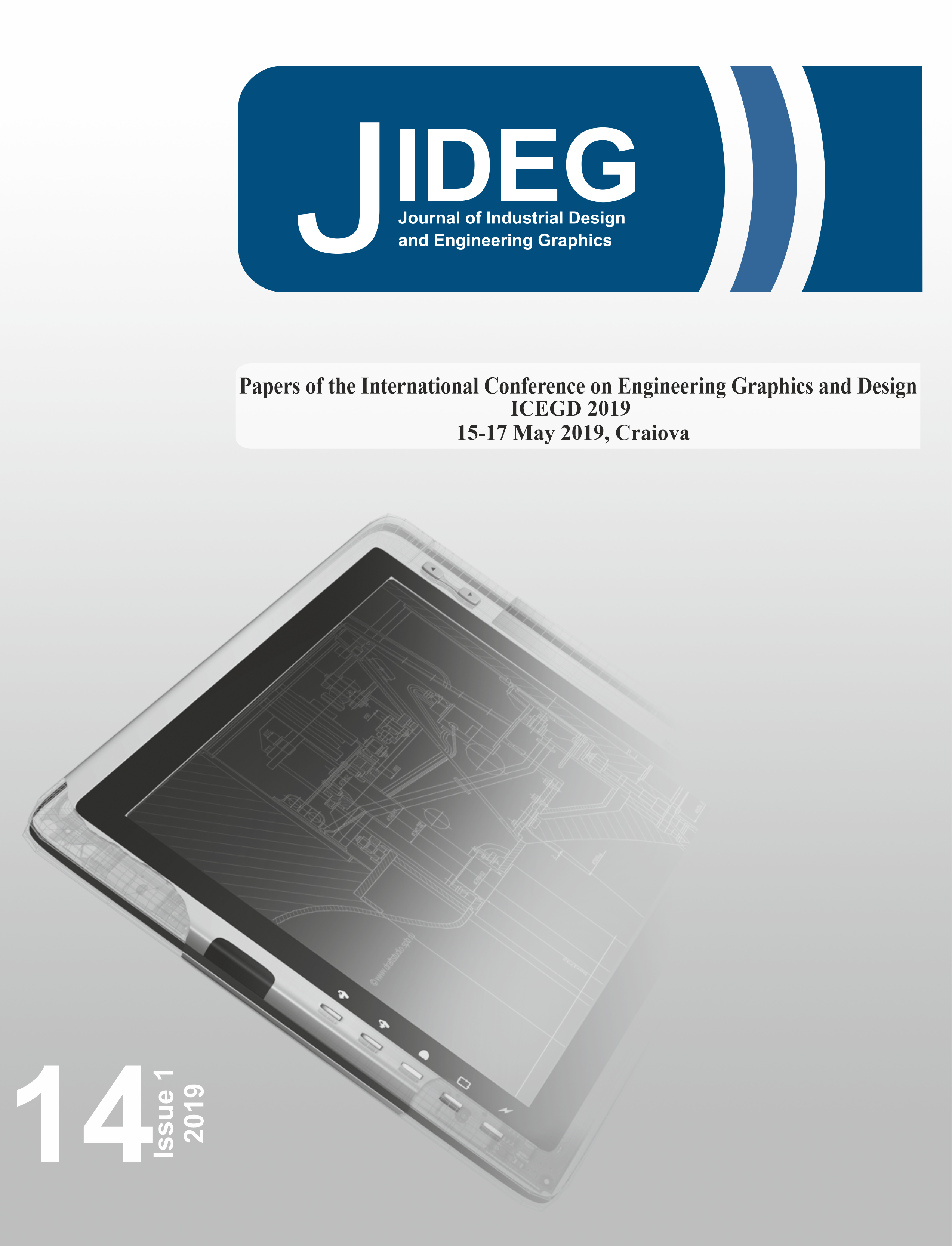SPACE SYNTAX METHOD IN CASE OF THE URBAN FRACTURES BETWEEN THE HISTORICAL ARCHITECTURE AND THE SOCIALIST ARCHITECTURE IN THE ROMANIAN CITIES
Keywords:
urban fractures, space syntax, architecture, social interaction, cultural identityAbstract
The urban fractures between the historical architecture and the socialist architecture in the Romanian cities is a wide and significant phenomenon especially because the actual planning strategies do not address this problem. There are strategies for the protection of the historical buildings, there are strategies for the development of the socialist buildings, but not for the urban fractures as a whole. The paper presents an advanced digital methodology for the multi-criterial analysis of the urban fractures in order to discover ways of defining and regenerating them. In fact, the brutal interventions which led to the urban fragmentation of the Romanian cities could be researched and solved through computer based methodology. Key words: urba
Downloads
References
Balbo, Marcello., Navez-Bouchanine, Françoise (1995) Urban fragmentation as a research hypothesis: Rabat-Salé case study. Habitat International, vol.19., no.4, p.571-582.
Al-Sayed, Kinda, (2014). Space syntax methodology, Bartlett School of Architecture, London.
Cavalcanti, Maria (1997). Urban reconstruction and autocratic regimes: Ceausescu's Bucharest in its historic context. Planning Perspectives, 12:1, p.:71-109
Desyllas, Jake, (1997). Berlin in Transition, Proceedings Space Syntax Today, vol. I, p. 04:01-04:15, London, University College, England
Griffiths, Sam, (2012) The use of space syntax in historical reasearch: curent practice and future possibilities. Proceedings of English International Space Syntax Symposium, UCL, p.1-26, Santiago de Chille
Griffiths, Sam, (2014). Space Syntax as interdisciplinary urban design pedagogy. Explorations in Urban Design: An Urban Design Research Primer, may, 2014, Ashgate Publishing, London
Hanna, S. (2009), Spectral comparison of large urban graphs, Proceedings of the 7th International Space Syntax Symposium, KTH Royal Institute of Technology, p.39:1-11, Stockholm
Hanson, J., (2000), Urban transformations, a history of design ideas. Urban Design International.,no.5, p: 97–122
Hillier, Bill, Hanson, Julienne, (1984) The Social Logic of Space, Cambridge University Press, Cambridge
Hillier, Bill, (1998) Space is the machine, Cambridge University Press, Cambridge
Marcus, Lars & Legeby, Ann. (2012). The need for co-presence in urban complexity : Measuring social capital using space syntax. Proceedings of the 7th International Space Syntax Symposium, KTH Royal Institute of Technology, p.1-25, Stockholm
Medeiros, V., Holanda, F. (2005), Urbis Brasiliae: investigating topological and geometrical features in Brazilian Cities, Proceedings of 5th International Space Syntax Symposium, i. Delft, TU Delft, Faculty of Architecture p. 331-339. Proceedings: Eighth International Space Syntax Symposium Santiago de Chile: PUC, 2012. 8193:21
Medeiros, V., de Holanda, F. & Barros A.P (2009), The Myth of the Intention: The Portuguese Urban Heritage Overseas, in Koch, D., Marcus, L. and Steen J. Proceedings of the 7th International Space Syntax Symposium, Stockholm, KTH Royal Institute of Technology. 74 p:1-12.
Medeiros, V., Holanda, F., Trigueiro, E. (2003), From Compact Colonial Villages to Sparse Metropolis, Proceedings of 4th International Space Syntax Symposium. UCL, 12.1-12.16. London.
Michelutti, Enrico, (2011). An analytical framework for urban fragmentation analysis in the Global South city. Questioning urban planning practices through an institutional approach. N-AERUS XI, Urban Knowledge in cites of the south, January, p.: 1-12 [16] Musterd, Sako & Ostendorf, Wim, (1998). Urban Segregation and the Welfare State: Inequality and Exclusion in Western Cities. Journal of Housing and Built Environment, 15, p.:201-204, Netherlands [17] Navez-Bouchanine, F., (2005). La fragmentation en question: des villes entre fragmentation spatiale et fragmentation sociale?. L'Information Géographique, no.69-2, p.207
Netto, Vinicius, (2011) Reflections on space syntax as sociospatial theory. Urban Design International, no. 21(1), p.111:1-111:9
Tamara et al., (2015) Socio-Economic Segregation in European Capital Cities: Increasing Separation between Poor and Rich. Discussion paper series, ISA Publishing
Vranken, Jan, (2011). Unravelling the Social Strands of Poverty: Differentiation, Fragmentation, Inequality, and Exclusion, Ashgate, p.77-91

Downloads
Published
Issue
Section
License
Copyright (c) 2020 Journal of Industrial Design and Engineering Graphics

This work is licensed under a Creative Commons Attribution-NonCommercial 4.0 International License.






